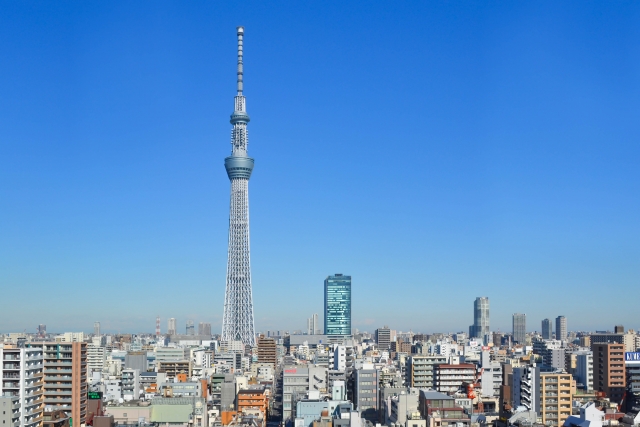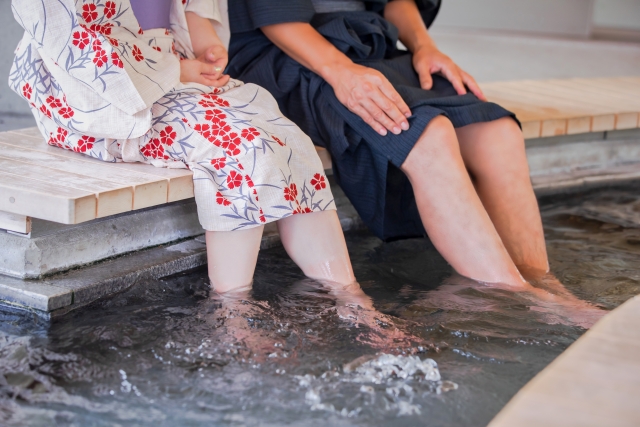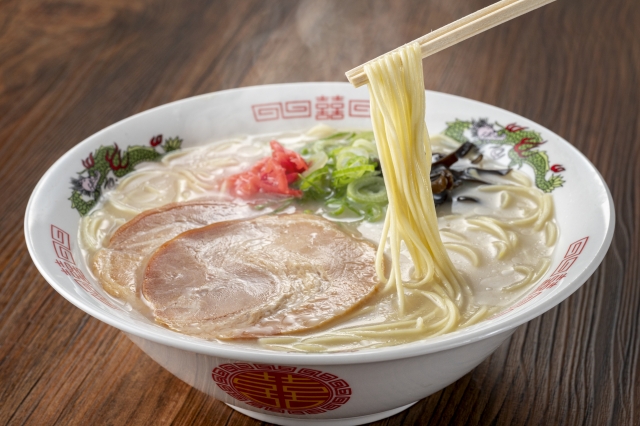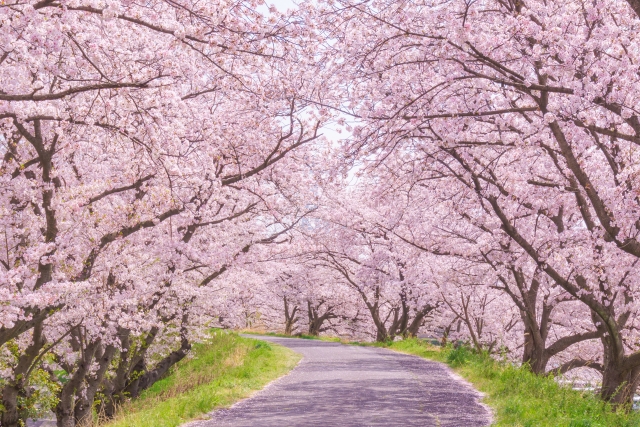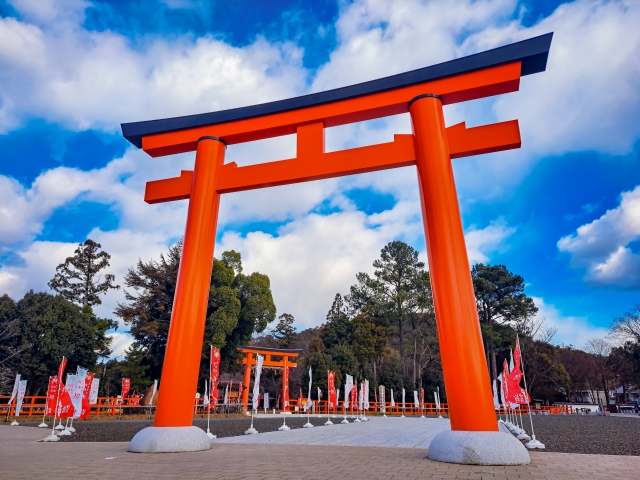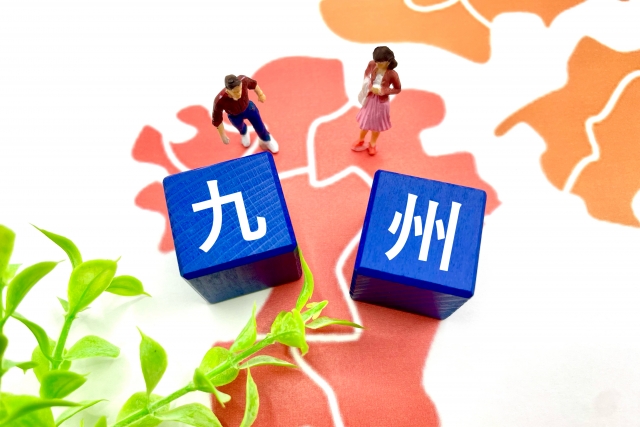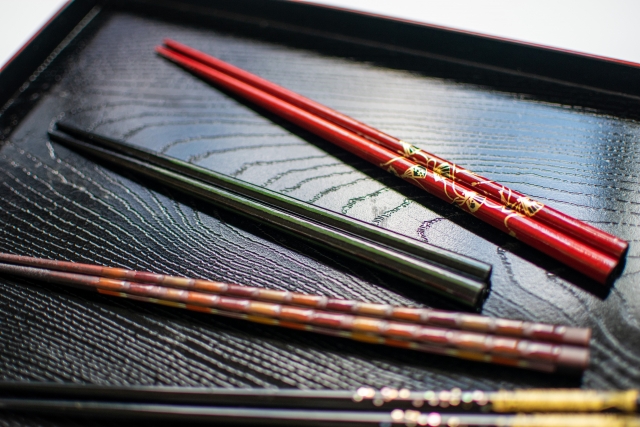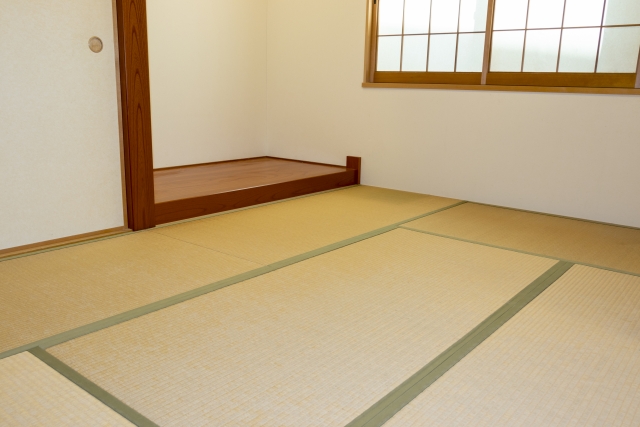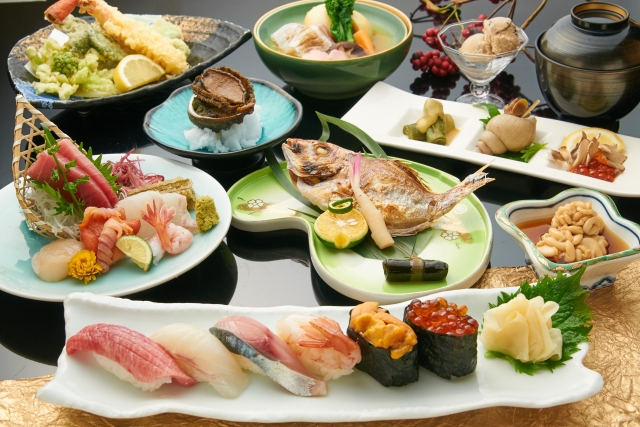“Haori” and “Hakama” have been worn for centuries and today are traditional Japanese fashions with a long history, worn for ceremonies like weddings and coming-of-age ceremonies, as well as festivals and other events. A haori is a thin coat worn over a kimono, while a hakama is a pants-like kimono. Let’s learn about these garments, when to wear them, and how to wear them.
Contents




